How to Wear Behind-the-Ear Hearing Aids With Glasses
How to Wear BTE Hearing Aids and Glasses
As technology advances and “hearables” become more commonplace, one odd fact emerges: We’re putting more and more things behind or in our ears. Whether glasses, headphones, or the latest discreet behind-the-ear hearing device, the area our ears occupy is starting to get a little crowded.
So that begs the question: Can you wear (sun)glasses and the common BTE (behind-the-ear) hearing aid model comfortably and without worry?
Behind the Ear
With all the different hearing aid styles, you might wonder, “There are so many sleek and nearly invisible options on the market, why would someone choose a behind-the-ear model?”
It’s discreet. The great thing about today’s hearing technology? It’s all discreet now. The question is how far you want to go in your discretion. The BTE model tucks unobtrusively between your outer ear and your head. From the side, no one would even know it’s there. And even in the BTE family, there’s now the miniBTE, for an even slimmer profile.
It’s powerful. The BTE is ideal for moderate to severe hearing loss. Other types, such as in-the-canal and in-the-ear, have many strengths, but they may not be ideal for hearing loss greater than a mild to moderate loss.
It’s easy to use. The casing of the BTE is easier to hold and manipulate than the other styles, and it has simple-to-use, easily accessible controls.
It’s comfortable. Many feel the smaller models that sit against or in the ear canal create a plugged-up feeling. In fact, some people have ear canals that are too small to accommodate any model but the BTE.
The BTE With Glasses
The following will ensure you thrive with glasses and a BTE hearing aid.
Considerations
- If you already have BTE hearing aids and have been told you need glasses: Buy frames with thin wire earpieces to minimize the amount of space taken up behind your ear.
- If you already wear glasses and have been told you need BTE hearing aids: Work with your provider to determine the smallest tube that will work for your situation. A miniBTE might be an ideal option.
Practical tips
- Put your glasses on first, as they are harder to adjust.
- After your glasses are secure, carefully place the hearing aid between the glasses earpiece and your outer ear.
- Adjust both as needed until they are comfortable and the hearing aid isn’t hanging away from your outer ear.
- In front of a mirror but away from a hard surface, practice removing and putting on your glasses. Use both hands, and only use a straight-forward and straight-back motion. Tilting your glasses up and down or side to side will knock off your hearing aids.
- Practice, practice, practice. It might sound silly, but muscle memory will be your best friend. While practicing, you’ll knock off your hearing aid, but each time it happens, you’ll learn a little more about the best method to use for your glasses/hearing aid combination. Better to knock them off at home, in a controlled environment and on carpeting, than not to practice at all and have it happen on the sidewalk, at work, or in the backyard.
We’re here to help — let us know if your BTE hearing devices aren’t cooperating with your glasses! And if you haven’t had your hearing checked in a while, to schedule a hearing evaluation.




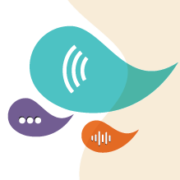
 But with comprehensive hearing care at the hands of an empathetic provider who truly understood the isolation and social difficulties sensory deprivation can cause, Micah’s condition became manageable.
“I know a world of sound because of an audiologist and her team who were devoted to me for over 20 years — the team that fit me, gave me batteries, reminded me of appointments, cleaned my hearing aids, sent them off for repairs, and knew me as an individual. They have given me courage, confidence, and success. I owe them more than the world.”
But with comprehensive hearing care at the hands of an empathetic provider who truly understood the isolation and social difficulties sensory deprivation can cause, Micah’s condition became manageable.
“I know a world of sound because of an audiologist and her team who were devoted to me for over 20 years — the team that fit me, gave me batteries, reminded me of appointments, cleaned my hearing aids, sent them off for repairs, and knew me as an individual. They have given me courage, confidence, and success. I owe them more than the world.”
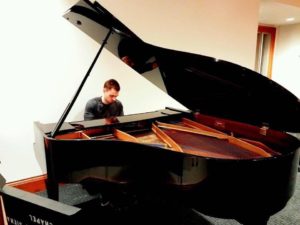 “Quite honestly, it took me 20 years to stand up straight to my condition, look it in the eyes, and call it my own. It is my hope that this story will […] act as a reminder of the cause hearing health care strives for.”
“Quite honestly, it took me 20 years to stand up straight to my condition, look it in the eyes, and call it my own. It is my hope that this story will […] act as a reminder of the cause hearing health care strives for.”
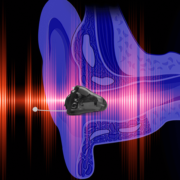

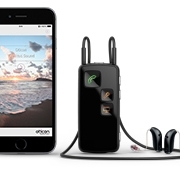
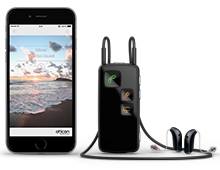
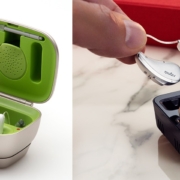
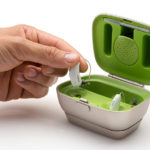
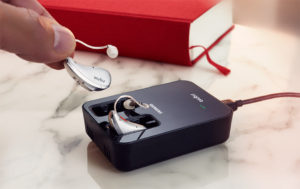
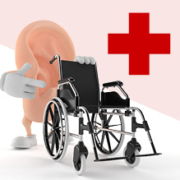
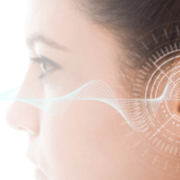
 Proudly Canadian and Independently Owned and Operated
Proudly Canadian and Independently Owned and Operated 

